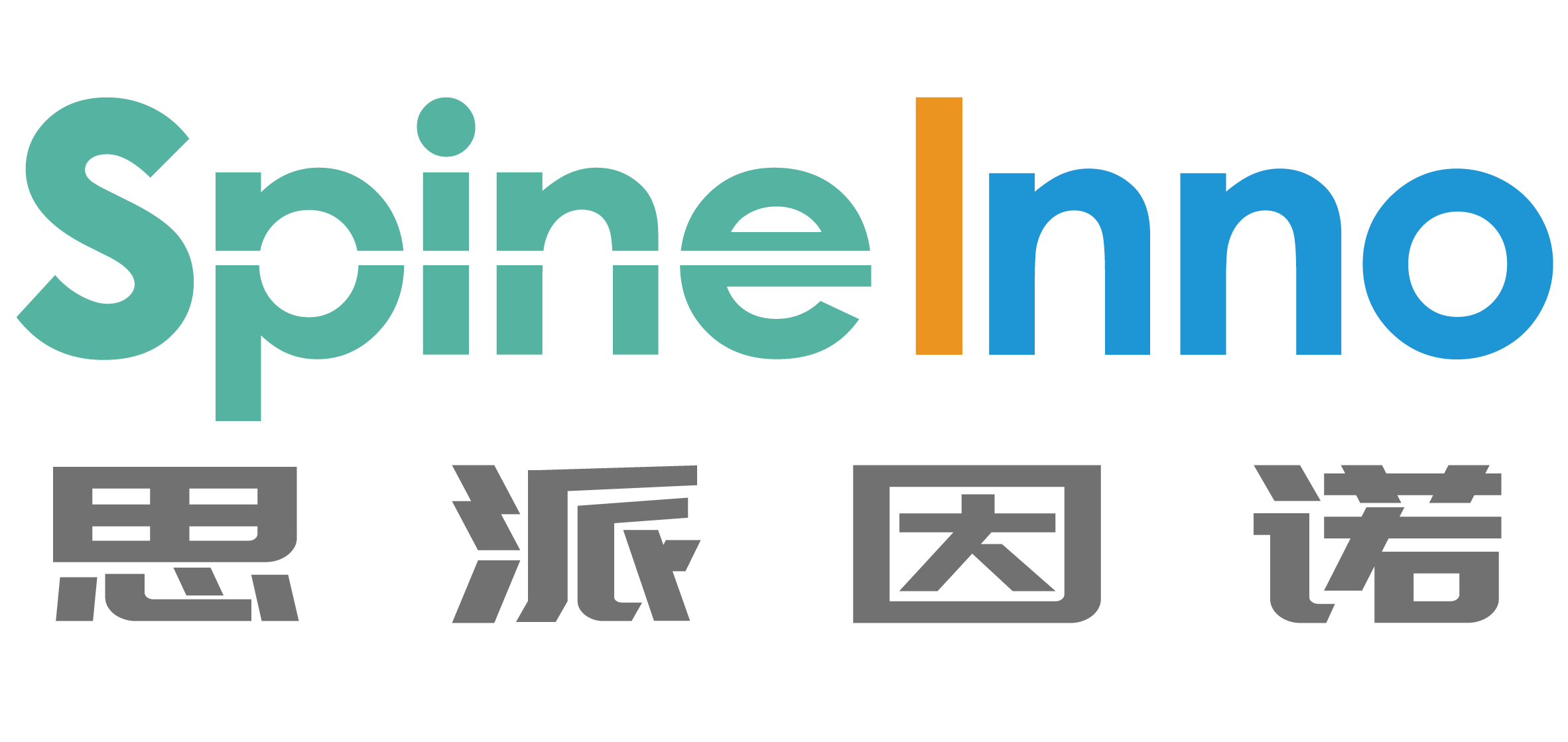How Spine Endoscopy Works: A Comprehensive Guide for Technicians
Spine Endoscopy is a procedure that involves the use of advanced technology to examine and diagnose spinal conditions. It is a minimally invasive technique that enables doctors to view the inside of the spine using an endoscope, a thin, flexible tube with a camera and light source attached to it. The endoscope is inserted through a small incision in the skin, allowing the doctor to view the spinal area without making large incisions or causing significant tissue trauma. In this article, we will delve into how Spine Endoscopy works, explaining in detail its key components and working mechanisms.
The Key Components of Spine Endoscopy
The Spine Endoscopy procedure requires several key components to work together efficiently. These include:
1. Endoscope: As mentioned earlier, the endoscope is a thin, flexible tube with a camera and light source attached to it. It is used to view the inside of the spine and capture images of any abnormalities or potential issues.
2. Light source: A light source is used to provide illumination for the endoscope, enabling the doctors to view the inside of the spine more clearly.
3. Camera: The camera is connected to the endoscope and captures images of the inside of the spine. These images are displayed on a monitor, allowing the doctors to view potential issues.
4. Monitor: A monitor is used to display the images captured by the camera connected to the endoscope. It allows the doctors to view the images more clearly and in greater detail.
The Working Mechanisms of Spine Endoscopy
During the Spine Endoscopy procedure, the endoscope is inserted through a small incision in the skin and placed into the spinal area. The camera and light source attached to the endoscope enable the doctors to view the inside of the spine in real-time. Any abnormalities or potential issues are highlighted and recorded by the camera connected to the endoscope.
The advanced technology used in Spine Endoscopy enables doctors to diagnose and treat spinal conditions more efficiently. The minimally invasive procedure reduces the risk of complications and enables patients to recover more quickly. The ability to view the inside of the spine without making large incisions or causing significant tissue trauma is a crucial factor in the procedure's overall effectiveness.
Practical Applications of Spine Endoscopy
Spine Endoscopy is commonly used to diagnose and treat several spinal conditions. Some of the practical applications of Spine Endoscopy include:
1. Diagnosis of herniated discs: Spine Endoscopy enables doctors to view the inside of the spine and identify herniated discs, allowing for proper diagnosis and treatment.
2. Treatment of spinal stenosis: Spinal stenosis is a condition where the spinal canal narrows, putting pressure on the spinal cord and nerves. Spine Endoscopy allows doctors to remove the narrow areas and alleviate pressure on the spinal cord and nerves.
3. Treatment of spinal tumors: Spine Endoscopy is used to remove spinal tumors without damaging adjacent tissues.
Advanced technology is crucial in modern manufacturing processes, enabling efficient production processes. In the case of Spine Endoscopy, advanced technology enables doctors to diagnose and treat spinal conditions more efficiently, reducing the risk of complications and enabling patients to recover more quickly.
Conclusion
The Spine Endoscopy procedure involves using advanced technology to diagnose and treat spinal conditions. The procedure's key components include an endoscope, light source, camera, and monitor. The endoscope is inserted through a small incision in the skin, enabling doctors to view the spine's inside and highlight any potential issues. The minimally invasive procedure reduces the risk of complications and enables patients to recover more quickly. Advanced technology's practical applications include the diagnosis and treatment of herniated discs, spinal stenosis, and spinal tumors.
If you are interested in learning more about Spine Endoscopy or require supplies, contact us via our website or reach out to our suppliers.
